3 Common Upper Back Pain Causes (and Solutions)
Mar 17, 2025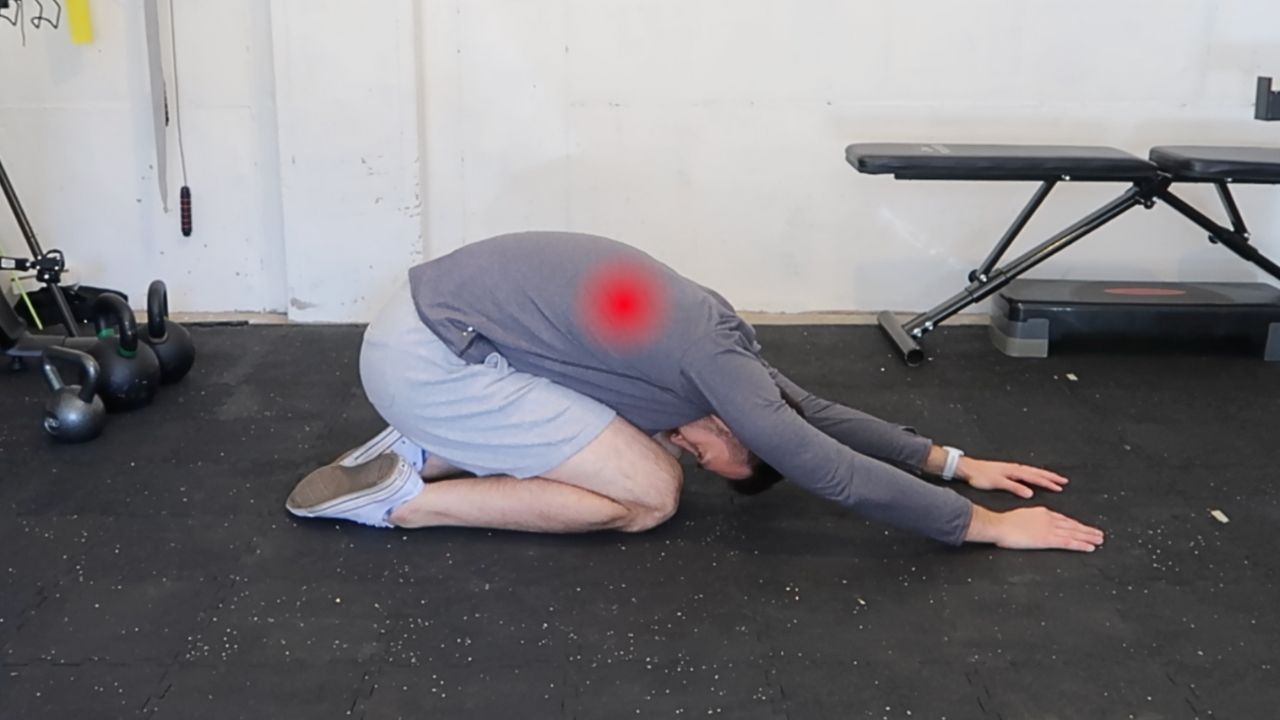
Before you start stretching or mobilizing your back, it’s important to understand WHY you have upper back pain in the first place.
For some people, stretching might be the answer. For others, especially those who already have an excessively flexed spine, stretching can make things even worse.
Maybe what your body needs is more strength, or balance or learning a healthier way to breathe. The key to building a stronger and more resilient spine is to identify where your weak links are and then work on them.
In this article, I’ll share 3 of the most common reasons for upper back pain and even more importantly, I’ll tell you what you can do about it.
Cause 1- Poor Education about Upper Back Pain
All joint pain, whether it’s in the back, hips, shoulders or wherever else comes from the brain. It is the brain, via the nervous system, that sends sensations of pain into your awareness.
The frequency and severity of these pain sensations vary greatly based on many factors, such as the sensitivity of your nervous system and how you respond to these sensations.
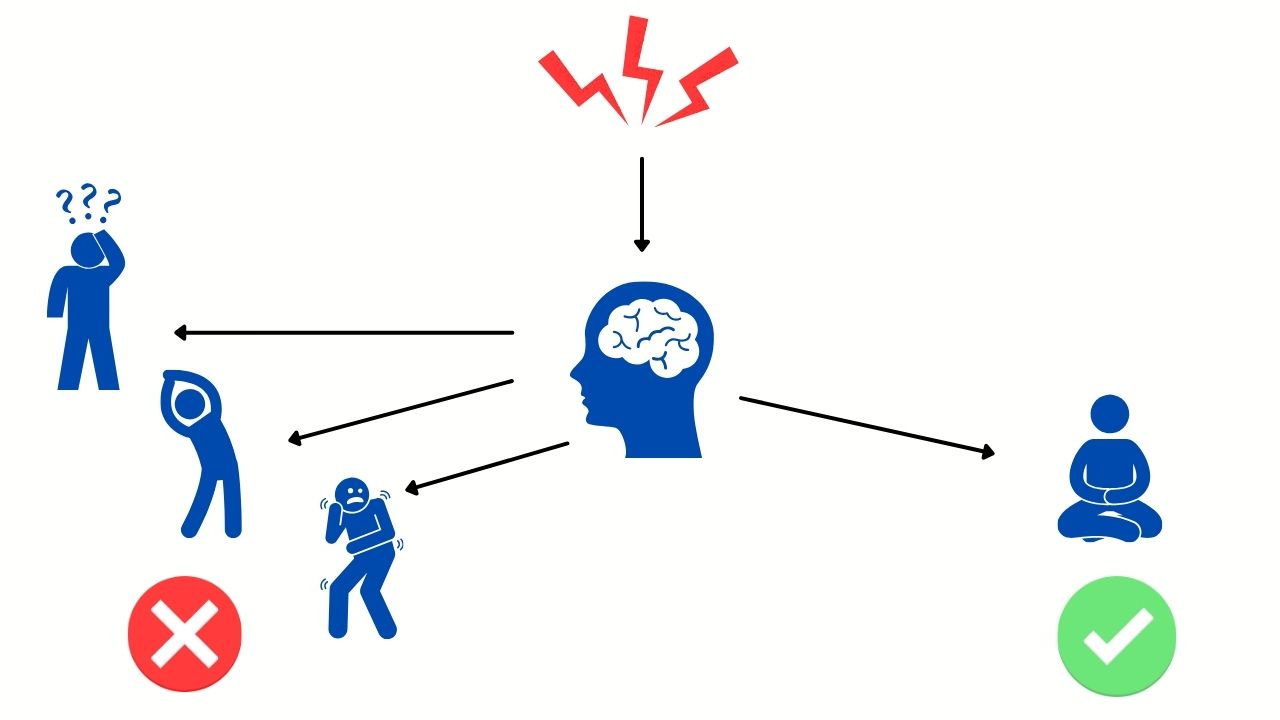
There are two main categories of pain based on the nature of symptoms. The first is acute pain, which is usually a short-term inflammatory response to a specific trauma or injury. A broken bone, sprained ankle or jammed finger are common examples.
Some accident occurs and you hurt yourself. The best course of action here is rest and giving the body enough time to heal and recover.
The second category is chronic pain, which usually does not result from a specific incident. Instead, it shows up out of nowhere and might gradually get worse with time.

These types of pain patterns don’t usually have an easily identifiable cause, and you will often get mixed opinions from different professionals on how to treat them.
Unlike acute pain, rest is not the best course of action for chronic pain. In fact, avoidance and fear might make chronic pain patterns worse because the brain interprets more of your outside world as dangerous.
This is not how most modern westerners think about joint pain. All of us were indoctrinated from an early age to believe that physical pain is a result of a purely physical problem.

Believing that the brain or our psychology is somehow involved in physical pain is a foreign concept.
But many eastern cultures know this and have known it for a long time. There is no separation between mind and body. How we think affects how we feel. How we feel affects how we think.
The link between psychology and joint pain is now proven by science. There are now hundreds of studies that show a direct link between psychology and the severity of chronic pain.
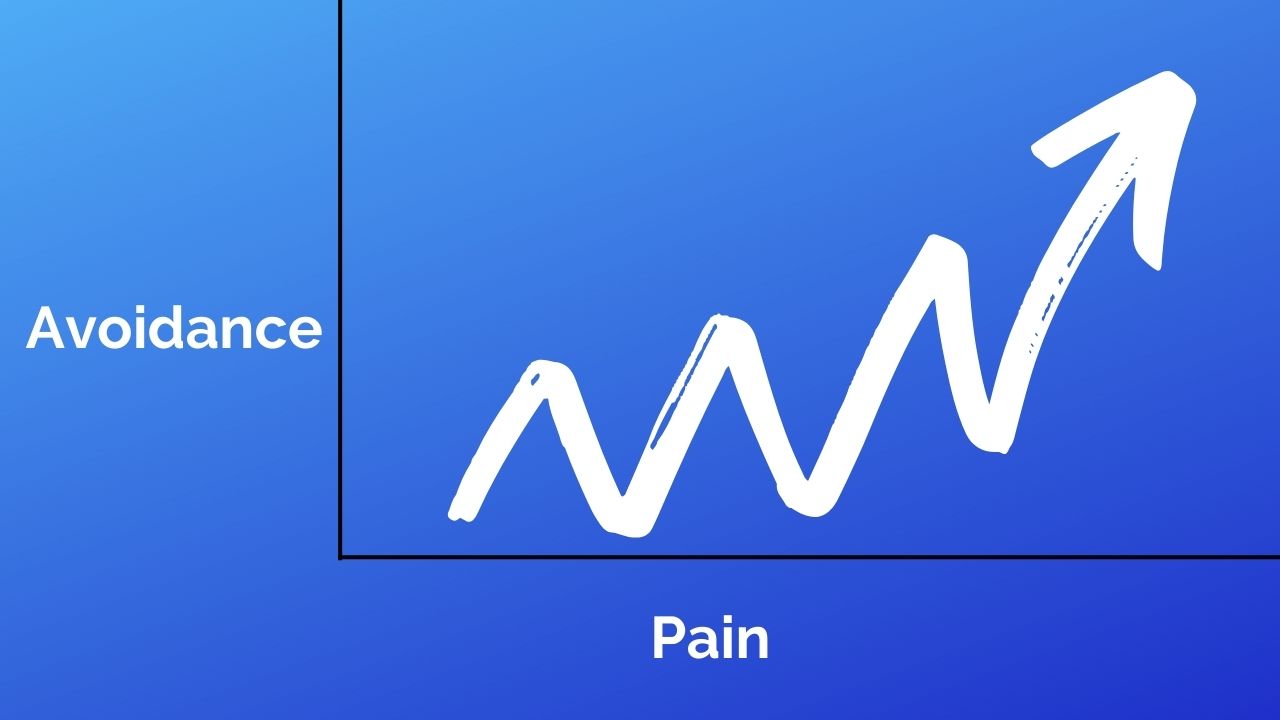
Like this one that showed children who experienced trauma were far more likely to experience chronic pain in adulthood than children who didn't.
This is why learning the basics about the “pain-brain” is the absolute first step. Without this foundation, you will just be going in circles, looking for the next “magic-fix” to your chronic upper back pain.
Cause 2 – Using the Wrong Stretches for Upper Back Pain
There is nothing wrong with stretching the upper back. But there is something wrong in falsely believing that stretching will fix your upper back pain. Stretching can help you reach certain goals in your movement or fitness practice.
For example, lengthening the upper back is an important component in the forward fold, an impressive flexibility movement.
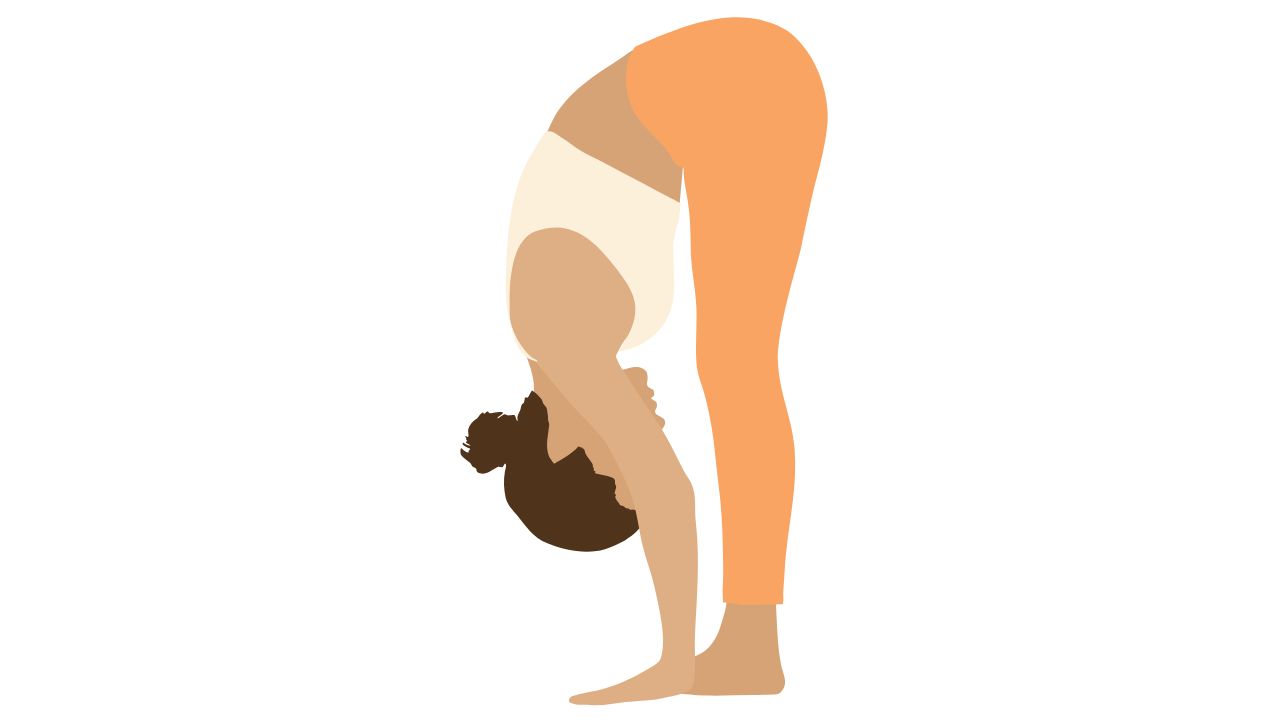
If the spine is too rigid and cannot flex in the right areas, it will be difficult to perform this movement. This is an example of a healthy use of stretching in your movement practice.
An unhealthy or improper intention for stretching is using it as an antidote to your pain. Scouring the internet for the perfect stretch to loosen up that tight or “dysfunctional” muscle that is the culprit for your pain problems.

Then you try the new stretch or corrective exercise, and it works for a little while. Until it doesn’t. So back on the interwebs you go!
Have you found yourself in this loop? I know I have. It took me a long time to step away from this kind of thinking. But once I finally did, not only did my back feel better but I also started moving better, finally.
You might be wondering – if you shouldn’t stretch to fix your upper back pain, what should you do? How do you pick the right exercises to get your body moving and feeling better.
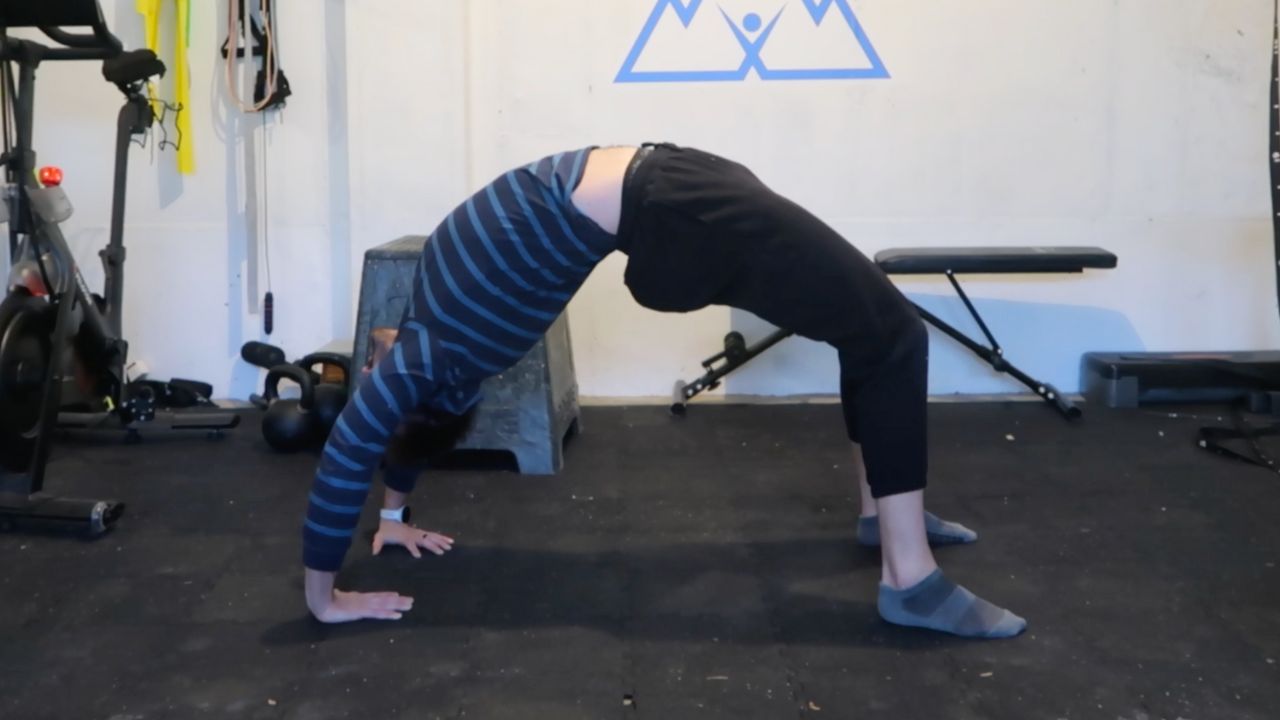
In the next section, I share practical strategies with you that you can start today.
Cause 3 – Neglecting Strength and Breath for Upper Back Pain Relief
Focus on movement, not tension. If your upper back is strong and resilient, it will hurt less than one that is weak and stiff.
With this intention, you don’t select exercises to get rid of pain but to improve how you move. You explore how your back rotates, flexes and extends. You assess how your vertical and horizontal pulling strength is.
A good place to start is simply checking in on how you breathe. All movement starts with breath and the upper back plays a critical role in proper breathing.
Many people rely too much on the upper traps when they breathe. When you exercise, your body will exaggerate this suboptimal style of breathing. This won’t do you any favors and will interfere in your pursuit of building a more resilient upper back.
Once you get the breathing locked-in, focus on building adequate strength in the upper back to maintain a healthy posture.
One of my favorite exercises that accomplishes this goal is the wall stand. With the wall stand, you will get feedback from the wall to learn how to get your upper back into a healthier posture.
Once you perform the wall stand for a few weeks, you'll get a better feel of how to use your upper back muscles. You can then carry over what you learned to more challenging upper back exercises like bodyweight rows.
You don’t want to just bang out a ton of mindless reps here. Instead, focus on quality. Really think about contracting your upper back muscles at the top position.
To make the row easy, bend your knees and reduce the pulling angle. If you’re dealing with upper back pain, I would make this exercise as easy as possible so you feel the contraction in your upper back, not pain.
There is a misconception that more effort equates to faster or better results. This is false. Less effort, done well, with more frequency is better. Do 2 sets of 5 easy reps instead of 3 sets of 10 exhausted reps once or twice a week.
Closing Thoughts
The goal of this article is to help you think differently about your back pain. Exercise can help and so can stretching but only if you understand why you’re using it.
You can’t stretch your way out of poor breathing mechanics or weakness. You are unique. In the way you move, think and carry yourself in this world.
Your pain experience is also unique. I haven’t met anyone that overcame chronic pain who didn’t engage in some serious self-reflection. Both on a physical and psychological level.
It’s not easy and it takes time. But for most people, it is the way. And if you’re not ready to take this difficult step, then it’s all good. Press back on your browser and you can find plenty of other web pages telling you which stretch will fix your back pain for good.
I’ll be here when you’re ready!



